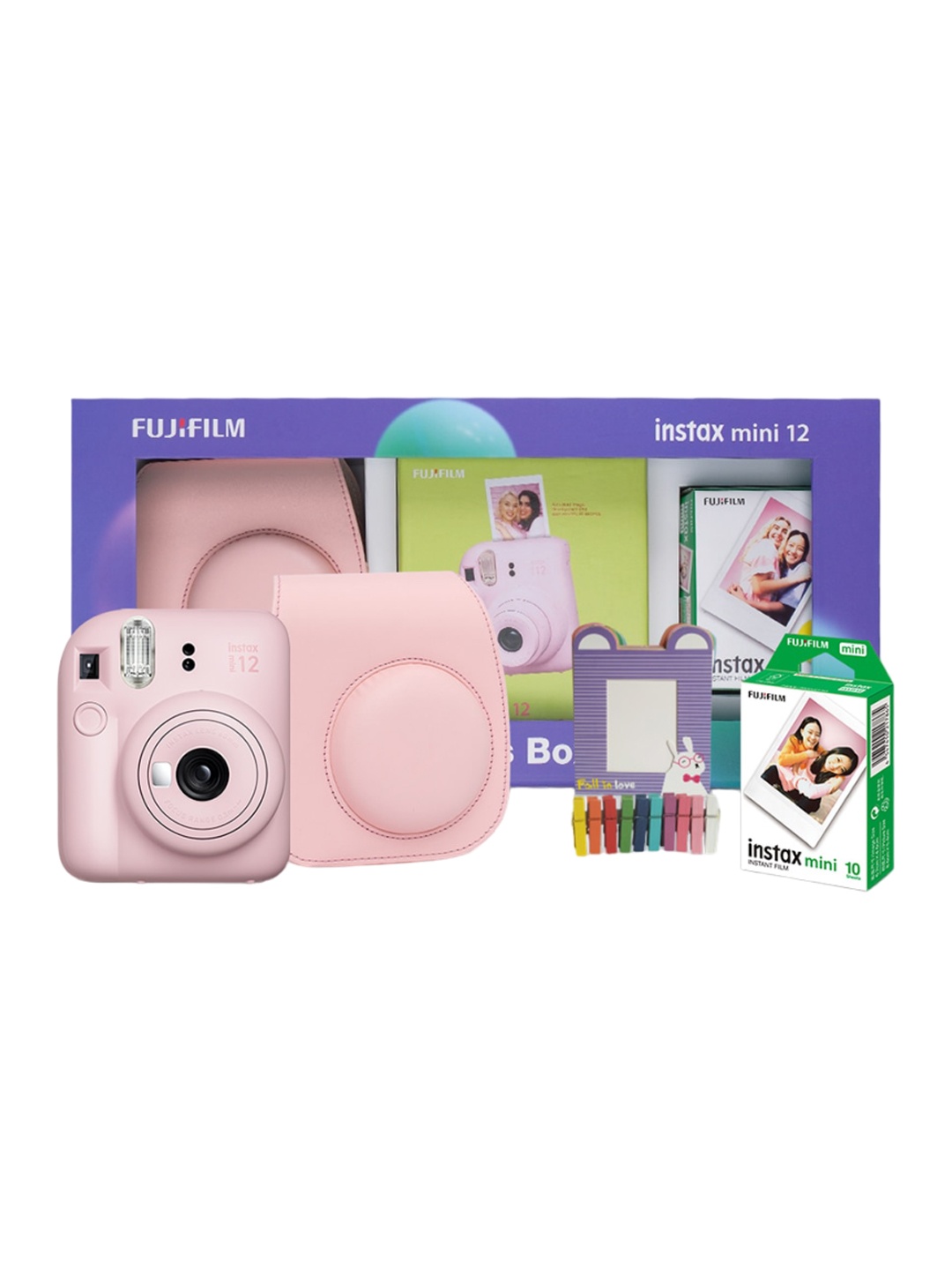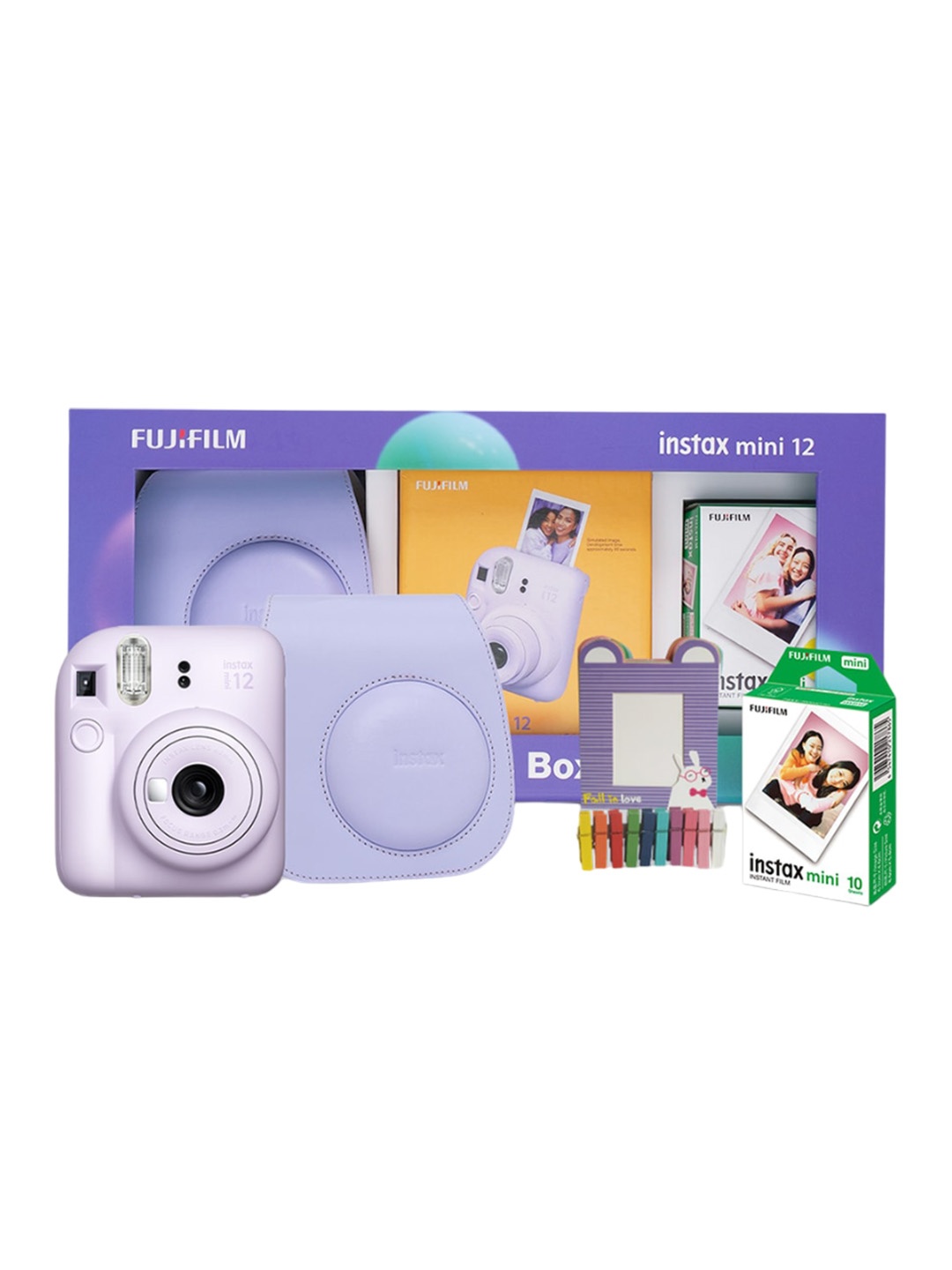Steal The Moment: How To Capture Stunning Photos With A Mirrorless Camera

In the world of photography, capturing stunning images is both an art and a science. Whether you're a seasoned photographer or a beginner, capturing stunning photos with your mirrorless camera is easier than you might think. With the right techniques, tools, and tips, you can unlock the full potential of your mirrorless camera and elevate your photography game. Mirrorless cameras have become increasingly popular in recent years due to their compact size, advanced technology, and exceptional image quality. Their versatility makes them ideal for both professional photographers and enthusiasts alike.
This guide aims to guide you through some essential tips and tricks that will help you take full advantage of your mirrorless camera. From mastering manual settings to understanding light and composition, these straightforward steps will help you create professional-level photos. So, let's dive into the world of mirrorless photography and explore how to capture images that leave a lasting impression.
1. Understanding Your Camera Settings
A mirrorless camera might seem complex at first glance, but mastering its settings is key to achieving stunning photos. The first step is to familiarise yourself with the key elements: aperture, shutter speed, and ISO. These three settings form the foundation of exposure and have a profound effect on the final image.
The aperture controls the depth of field, affecting how much of the image is in focus. A wide aperture (low f-number) blurs the background and makes your subject stand out, ideal for portraits. A smaller aperture (higher f-number) keeps more of the scene sharp, perfect for landscapes.
Shutter Speed controls how long the camera's sensor is exposed to light. Faster shutter speeds are great for freezing motion, while slower speeds create beautiful motion blur, useful in certain types of photography like waterfall shots.
ISO determines the camera's sensitivity to light. Lower ISO values (e.g. 100 or 200) are ideal for bright conditions, while higher ISOs (e.g. 1600 or above) are useful in low-light situations but can introduce noise, so use them sparingly.
Getting comfortable with these settings and how they interact will allow you to be more creative with your shots and make adjustments based on your shooting environment.
2. Harnessing The Power Of Autofocus
Mirrorless cameras are known for their fast and accurate autofocus systems. Unlike DSLR cameras, which rely on mirrors, mirrorless cameras use a direct sensor-based autofocus system, which can be faster and more precise in many situations. However, to capture the perfect shot, understanding how to use autofocus to your advantage is crucial.
- Single-point Autofocus: This mode allows you to select a specific point in the frame for the camera to focus on. It's perfect for portraits or when you want to ensure the sharpest focus on a particular detail.
- Continuous Autofocus: For moving subjects, continuous autofocus ensures the camera keeps tracking and adjusting focus as the subject moves within the frame. This is ideal for action shots like sports or wildlife photography.
- Eye Autofocus: Many mirrorless cameras now feature eye autofocus, which focuses specifically on a subject's eyes. This is especially useful for portraits, as the eyes are the most important part of the image.
- Understanding the various autofocus modes and choosing the one that best fits your shooting style can make a significant difference in the quality of your images.
3. Mastering Composition Techniques
Great photos are not just about the technical settings; composition plays a massive role in how a photo feels. The way you frame your subject, balance your scene, and use light can elevate an ordinary photo into something extraordinary.
- Rule of Thirds: This classic compositional rule suggests dividing your frame into three equal sections both horizontally and vertically. Place your subject along these lines or at their intersections to create a balanced and visually appealing image.
- Leading Lines: Use natural lines within your scene to guide the viewer's eyes to the main subject. Roads, fences, rivers, or even shadows can be used as leading lines to add depth and perspective to your images.
- Negative Space: Don't be afraid of empty space in your photos. Negative space can emphasise your subject and create a sense of openness and minimalism, giving your images a unique, professional look.
By practising these compositional techniques, you'll develop an instinct for creating photos that not only capture a moment but also tell a story.
4. Working With Light And Shadows
Photography is all about light, and understanding how to work with it can transform your photos. The direction, quality, and colour of light can dramatically impact the mood and atmosphere of your images.
- Golden Hour: The best light for many types of photography occurs during the golden hour, which happens shortly after sunrise or just before sunset. The soft, warm light during this time is flattering for portraits and creates dramatic shadows for landscapes.
- Avoiding Harsh Midday Sun: If you're shooting during the middle of the day, the light can be harsh and unflattering, leading to overexposed highlights and deep shadows. To avoid this, find shaded areas or use a diffuser to soften the light.
- Using Shadows Creatively: Shadows can add depth and dimension to an image. Play around with light and shadow contrasts to create moody, dynamic shots, especially in black-and-white photography or architectural images.
With practice, you'll learn how to make light work for you rather than against you, turning challenging conditions into opportunities for creativity.
5. Experimenting With Lenses And Accessories
While your mirrorless camera's body is important, the lenses you choose can have an equally significant impact on your photos. Different lenses provide various perspectives, focal lengths, and effects, so experimenting with them will unlock new creative possibilities.
- Prime Lenses: These lenses have a fixed focal length, such as 35mm or 50mm, and are often preferred for their sharpness and wider apertures. They force you to move around and find new angles, making you more engaged in the process.
- Zoom Lenses: These lenses offer versatility, allowing you to change focal lengths without physically moving. They are ideal for capturing wildlife or events where you cannot get too close to your subject.
- Macro Lenses: If you're interested in capturing intricate details, such as flowers or insects, a macro lens is an excellent choice. It allows you to focus on very small objects with extraordinary detail.
Additionally, accessories like tripods can stabilise your camera for longer exposures, while filters like ND (Neutral Density) filters can help control light in bright conditions. By experimenting with various lenses and accessories, you'll find what works best for your style of photography.
Product Recommendations For Article
1. NIKON Z5 Mirrorless Camera Z 5 Body
2. SONY ZV-E10 Mirrorless Camera Body Only Vlog
3. NIKON Z 7 Mirrorless Camera Body With Mount Adapter FTZ
4. OLYMPUS OM-D E-M1 Mark II Mirrorless Camera Digital ED 12-40mm f2.8 PRO Lens (Black)
5. Panasonic G Series DC-G95MGW-K Mirrorless Camera Body With Single Lens: 12-60mm Lens
6. FUJIFILM Mirrorless X-T4 Mirrorless Camera Body With XF16-80mm And XF33mm
7. FUJIFILM X-T5 Mirrorless Camera Body With 18-55mm Lens
Mastering the art of photography with your mirrorless camera requires practice, patience, and a willingness to experiment. By understanding the technical aspects of your camera, honing your compositional skills, and learning how to use light to your advantage, you'll be well on your way to capturing stunning images.
Remember, the beauty of photography lies in its ability to tell a story, evoke emotions, and capture the world in unique ways. With the tips provided here, you can start pushing the limits of your creativity and take photos that truly stand out. So, grab your mirrorless camera, explore the world around you, and capture moments that will leave an everlasting impression.
Disclaimer: The images used in this article are for illustration purpose only. They may not be an exact representation of the products, categories and brands listed in this article.





























